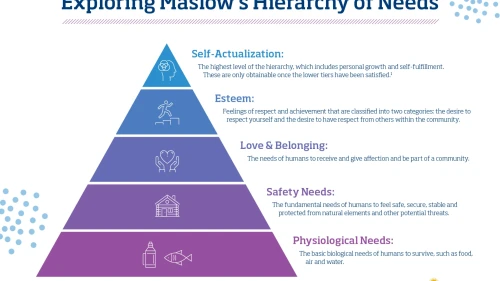Key Takeaways From UXD Alumnus Nick G., ‘16
1) Have a growth mindset.
For students who have prior experience in UX, come to the program with a willingness to challenge what you already know. While you may have developed a specific technique or process, use the program’s curriculum as an opportunity to supplement or improve your skillset.
For students with no UX experience, do not be afraid to ask questions and join online UX communities. Also, start to familiarize yourself with the industry, beyond the program.
I found that the courses and curriculum were set up in a way that empowered students to succeed academically and outside of the classroom as industry leaders
2) Build your portfolio from day one.
Throughout your two years in the program, you will take a carousel of UX courses. Be sure to organize and save all of your weekly projects in a place that is easily accessible. If you receive feedback from your instructor on an assignment, take time at that moment to make changes to it, even though you may have already received a grade.
At the conclusion of each semester, during your breaks, compile all of your assignments and begin to build your online portfolio. Rather than waiting until the last semester of the program, starting your portfolio from day one will ensure that you do not forget anything along the way, while saving you time in the future.
3) Do not take critique personally.
Within the program, many assignments require peer-to-peer feedback through design critiques and discussion-based feedback. Critique is an integral part of the iterative design process and helps to strengthen your projects. When your peers or instructors provide critical feedback, try not to take it personally. Know that it is meant to improve your technique and process.
4) Learn to manage your time.
In order to succeed in an online learning environment, students need to recognize the importance of finding balance between school, work and life. Before enrolling in the program, take a moment to write down all of your day-to-day obligations, as well as the requirements of your coursework. Then create a weekly schedule and try to follow it. Be willing to re-prioritize your time and expectations to ensure that you can continue to balance your time and responsibilities.
5) Start ahead to stay ahead.
One of the many advantages of online education is that it allows you to develop your own study pace. While it may be tempting to put off assignments and projects until the last minute, use the online format to your advantage by working ahead, if possible. By working on assignments in advance, it is much easier to continue to stay ahead and not fall behind on your coursework, especially when something unexpected comes up at home or at work.
6) Continue to network.
Without face-to-face instruction, at times, online students may feel disconnected from their instructors and fellow classmates. As a result, be proactive and take advantage of all opportunities to connect with students and staff. This might include participating in live online discussion groups, joining communication channels, such as Slack, and forming local meetups with classmates in the area.
7) Enjoy your two years in the program.
Two years goes really fast. Enjoy your time as a student, and try to learn as much as you can. Remember that you have taken this opportunity to invest in yourself and your career. While it may be challenging at times, the outcome is well worth it.
NOTE: Kent State University does not directly recommend or support the above-mentioned applications or products.





